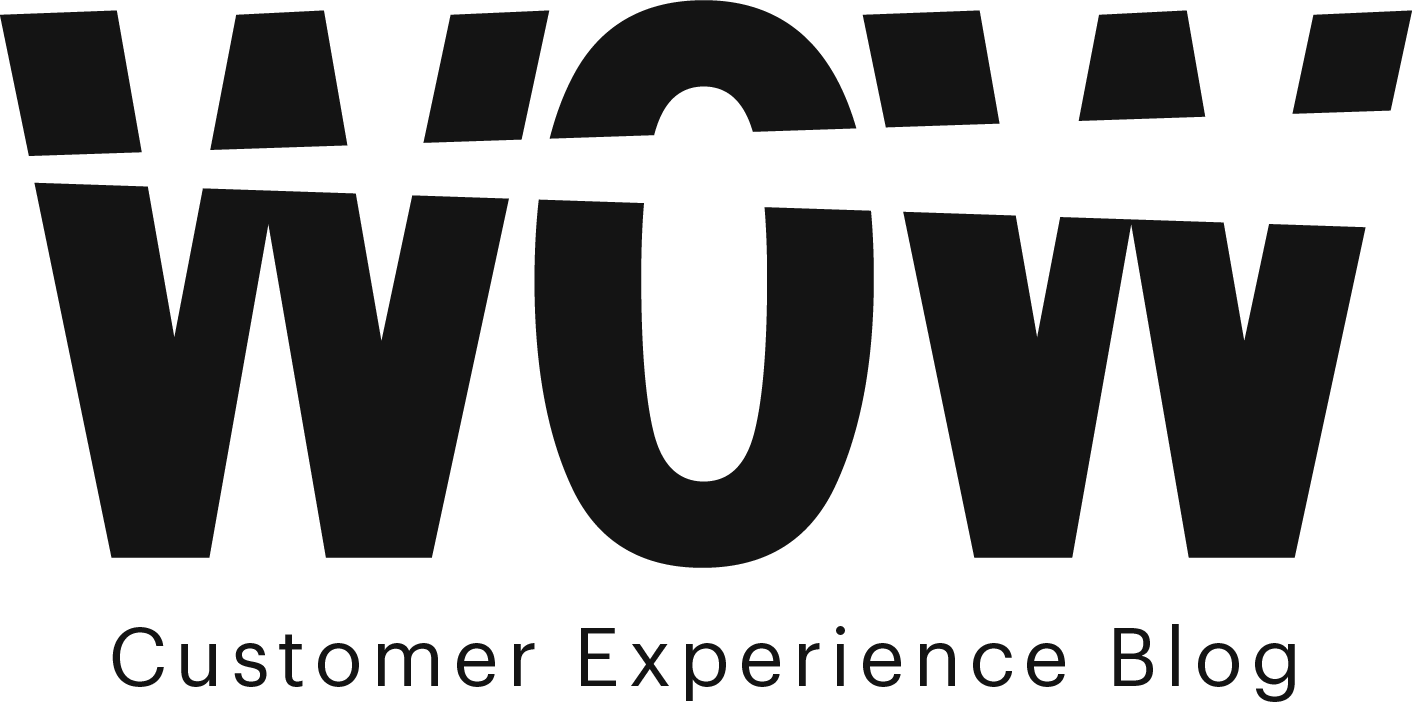
“Impressive & insightful. The Groove blog is a must-read for anyone looking to grow their business online.”
Most popular posts
-
What I Learned Rescuing Our Startup From Death
-
Top 10 Help Desk Software for Small Businesses
-
Why I Almost Walked Away From the $500k/mo Company I Founded
-
Auto-Reply Email Templates for Customer Service: Autoresponder Templates that Feels Human
-
Why We’re Finally Committing 100% To Being A Remote Team
-
How to Create a Knowledge Base from Start to Finish: Building Self-Service for Customer Support
Don't take our word for it
See what some of our 250k+ subscribers from across the globe have to say.
“Thanks a ton for sharing this! I particularly liked that you also talked about the human side of it. ”
“This one touched me a lot as an entrepreneur that's currently having a hard time scaling. Very inspiring.”
“Holy shit. I love this blog.”
“Brilliant stuff! So much learning in these articles for anybody managing teams.”
“Learning a lot from your experience. And kudos for sharing such a hard business pass with that transparency.”
“Thanks a ton for sharing. There's so much to unpack and learn from this, I really appreciate it.”
“Thanks for sharing this humbling and inspiring story.”
“Awesome post! This question is on my mind a lot. It's super useful to hear your experience.”
“I've read and re-read nearly all of your information-packed articles.”
“Thank you for having the courage to share such a personal story with your readers.”
“As a entrepreneur, trying to launch a startup, your words and insights sound so real and not canned. ”
“This is a goldmine of inspiration for early growth startup like ours.”
“As always, very honest and amazingly insightful.”
“Thanks for showing your struggles both mental and emotional! I can definately relate!”
“I've followed your blog for a long time and highly respect your writing, especially about the bad times.”
“The quality of the Groove blog is amazing! Thank you for the insightful posts.”
“Great read! Starting and being the founder of a company is not easy! Cheers and thanks for sharing!”
“I have seen Groove grow with the blog. Thanks for the honest and inspirational blog post (as always)! ”




























